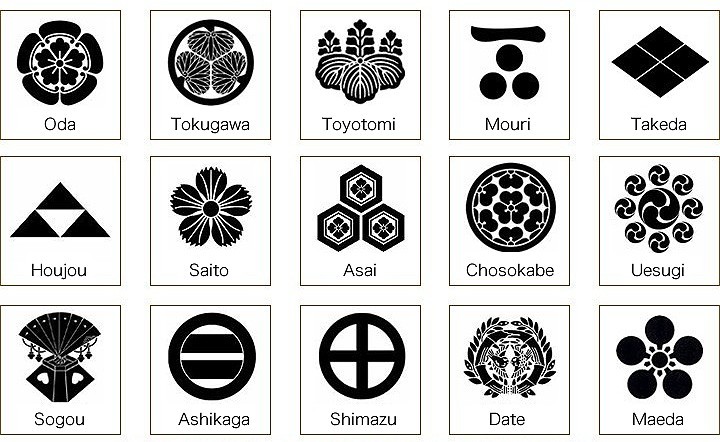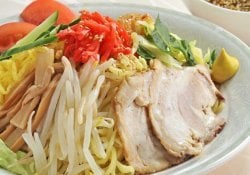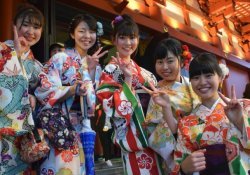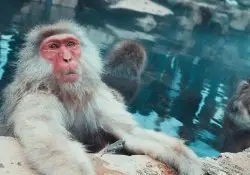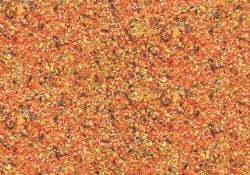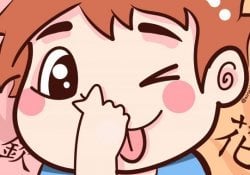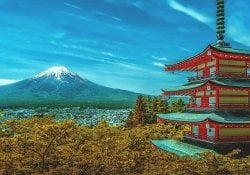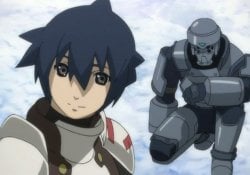Kamon refers to a coat of arms used in Japan to indicate someone's origins; that is, a family's lineage, ancestry, and status since ancient times. It is also referred to simply as mondokoro [紋所 ], monshou [紋章] or mon [紋].
There are over 20,000 individual kamons in Japan. The crests are often referred to as Family Crests. Kamon is a unique culture and tradition that you can only find in Japan.
Table of Content
What does Kamon mean?
The word Kamon [家紋] means “house” [家] and “emblem” [紋]. The Kamon are the Japanese heraldic symbols or emblems of clans (families). The mon serves a function similar to that of coats of arms in European heraldry.
It is estimated that there are over two thousand family emblems derived from the standard Kamon. Kamon patterns are usually circular geometric shapes. They can also have natural elements such as animals, plants, flowers, trees, objects and others.
Celestial elements like the moon and stars or religious ones like the suástica budista are also inspirations for the emblems. Through the kamon, it was possible to distinguish the origin, history, and social status of a Japanese family.
Today the term “Kamon” is also used to indicate a person's origins. From family lineage, bloodline, ancestry, and status from ancient times.
Origin and history of Kamon in Japan
It is believed that emblems emerged in the Asuka Period under foreign influence. In the Heian Period, the nobility began to place their own coat of arms on their ox carts and walked through the streets, displaying their crest. Later, it became popular among the nobility, and various coats of arms were created.
The coats of arms of samurai warriors were created later than those of the nobility at the end of the Heian period, when the conflict between the Heiji clan and the Genji clan became more violent. Crests were soon used to identify enemies and allies.
The emblems were displayed on flags called sashimono [指物] that were carried on the backs of the soldiers. On the horses of some soldiers of the cavalry, they used a small flag known as umajirushi [馬印].
As the ages passed, the kamon stood out even more, being displayed even on traditional clothing. The Mon were usually attached on the front and back of the shoulders and below the tail, on the back.
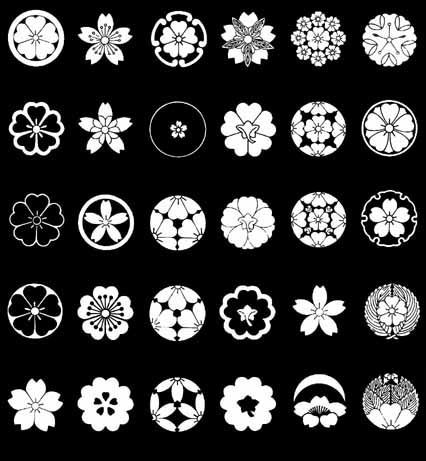
The use of Kamon among the samurai and the nobility
The kamon is an example of Japanese culture, which has been used to this day. A kamon was created to represent the identity of a family, clearly revealing the family name of its owner.
Later, the samurai and the nobility made use of these coats of arms. Each group consists of a representative coat of arms and its variations. Eventually, they spread and were used in tombs, furniture, and ships.
It was natural for the crests to be placed on weapons like katana and kacchu. However, although there were no limitations, the unrestricted use of crests from other families often caused friction.
Especially when using the crest of a higher class, such as a daimyo or xogum created more friction. Therefore, there was an undeclared rule to avoid the use of the crest that had already been used by the high-class clan or family as much as possible.
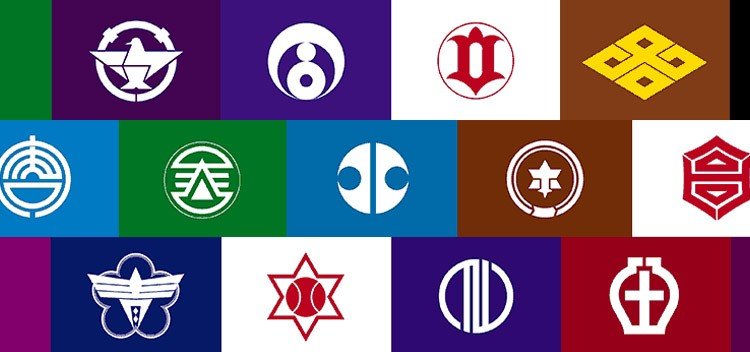
Facts about Kamon in Japan
To this day, Kamon is used in many places in Japanese society. The Mitsubishi and Yamaha logos originate from a kamon, as many other food and other product companies have their logos based on a kamon.
There are exclusive kamon for certain people, and a single kamon can be used by different families with the same surname. Today these coats of arms can even be found on flags of Japanese cities and provinces.
Maybe this is a key factor for the bandeira japonesa to be a simple red circle.
You can find your family's coats of arms and emblems by surname and other regional characteristics using specialized sites like kisetsumimiyori.com and myoji-yurai.net.
